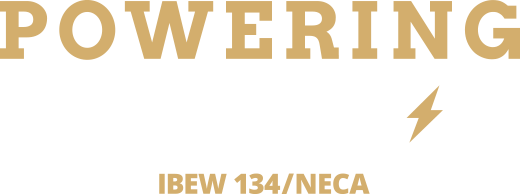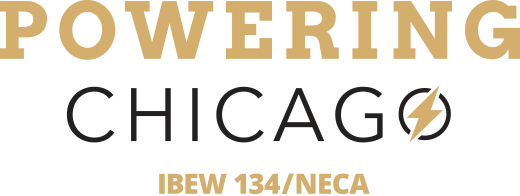New Card Readers Could Help with COVID-19 Contact Tracing
- Posted: October 7, 2020
- better construction
At the Blue Cross Blue Shield building downtown Chicago, the 54 floors that normally house roughly 6,000 full-time workers now seems like a ghost town as only 200-300 people roam the building’s hallways on a regular basis. This isn’t a unique situation as COVID-19 has forced many Chicagoans to continue working from home, but the work being done inside the building could be a sign of what’s to come as employers prepare to bring back their workforce.
“It’s easier to get work done in the building when people are working remotely,” said Jimmy Aiello, an IBEW Local 134 electrician with Terrance Electric. “The project was supposed to be done only at night, but now we can work full-time to ensure it’s completed by the end of January.”
Powering Chicago contractors Terrance Electric and Gibson Electric are upgrading the cellular antenna signals throughout the building to increase data speeds and are also installing new radio-frequency identification readers (RFIDs) that could be used for contact tracing should an outbreak occur.
The RFID system that’s being installed by both contractors allows for companies to see when employees are going into certain office suites or conference rooms. The data from these scanners is now housed in a central location for easy access to see when and where employees are traveling within the building.
This is critical in the effort to understand where a potential outbreak could’ve started and with whom the infected person could’ve come in contact with.
Additionally, Powering Chicago members are upgrading the cellular antennas throughout the building so that there are eight antennas per floor. The system, which is being jointly installed by Terrance Electric and Gibson Electric, will essentially boost cell service and data service for those within the building. This will make it easier for information to be shared through cloud services as some of the workforces remains at home.
The work is all part of Powering Chicago’s Contactless Office Campaign that’s designed to safely bring Chicagoans back to work as employers begin to reimagine the office in a post-COVID-19 world.

